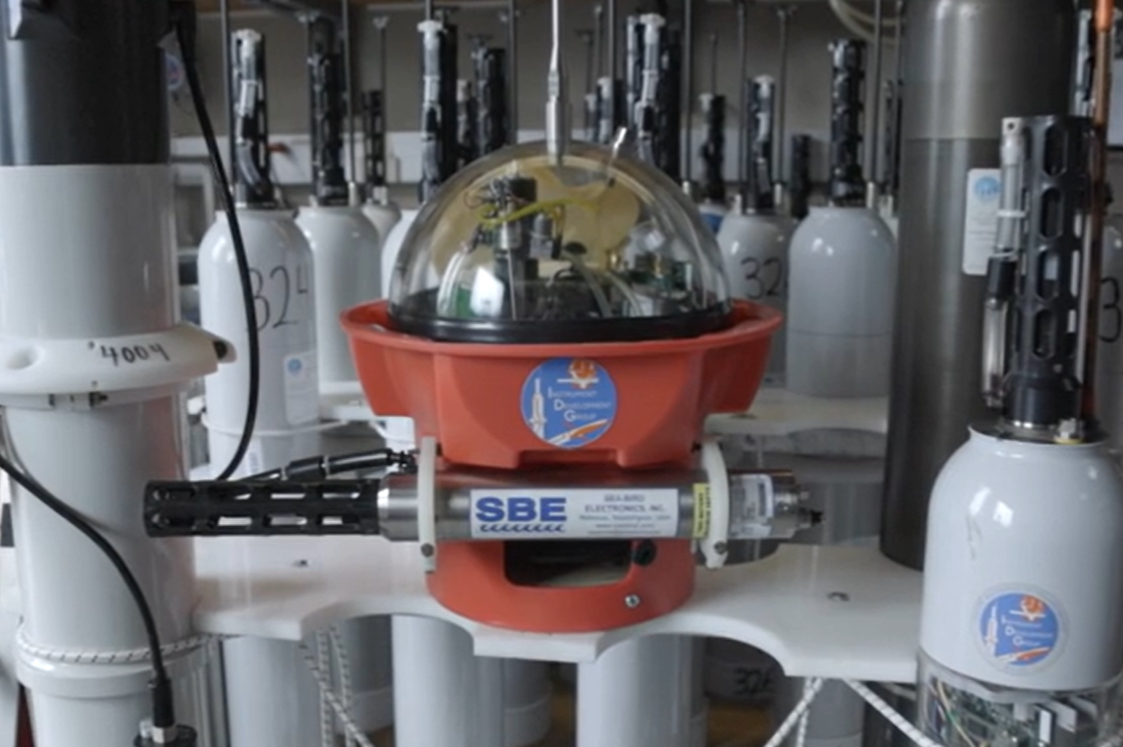The monster snowpack in California's Sierra Nevada Mountains is larger than it has been in the four previous years combined, new NASA data shows.
Note: In the graphic above, blue shades indicate more snow.
The measurements in the Tuolumne River Basin were made with NASA's Airborne Snow Observatory, a plane with an advanced set of research equipment that can collect measurements over a widespread area. On April 1, the snowpack was at 1.2 million acre-feet, which is enough snow to fill the Rose Bowl in Pasadena about 1,600 times.
That snow will melt later this spring, providing water for millions of Californians.
After one of the state's wettest winters in years, the April 1 snowpack was close to the largest on record. In some parts of the central Sierra Nevada Mountains, snow drifts were 25 feet deep. Snow depth reached more than 80 feet in higher mountain areas.
The scene is a dramatic change from previous years, when state water officials walked across patches of brown grass to conduct manual snowpack surveys. This season's snowpack in the Tuolumne Basin is 21 times larger than 2015's, which was the lowest on record.
As for the snow water equivalent, the figure for 2013 through 2016 added up to just 92 percent of the measurement on April 1.
California
News from across California
The Airborne Snow Observatory, a King Air plane carrying loads of scientific measuring equipment, measure snow depth, how much water is contained in snow (snow water equivalent) and how much sunlight is reflected over an entire basin. Other measuring tools only sample some locations, then provide an average over a larger area.
"Before ASO, water managers had intense stress worrying about how much potential runoff was stored in the mountain snowpack, with little historical information about snowpack years as large as this to guide reservoir management and allocation decisions, said Tom Painter, of NASA's Jet Propulsion Laboratory in Pasadena. "With ASO, we will be precisely quantifying this volume and how it changes through the spring."
Information from the ASO and other resources is used by state water managers to plan for snowmelt, which will reach its height later this spring.
An index of precipitation at eight measurement stations showed just under 90 inches of rain and snow have fallen this winter in the northern Sierra Nevada Mountains. The previous record of 88.5 inches was set in the winter of 1982-1983.
Earlier this month, Gov. Jerry Brown announced an end to California's drought emergency for all but four rural counties. The emergency was declared in 2014 during the state's driest four-year period on record.
The winter storms also caused flooding and an estimated $1 billion in damage to roads and other infrastructure.



